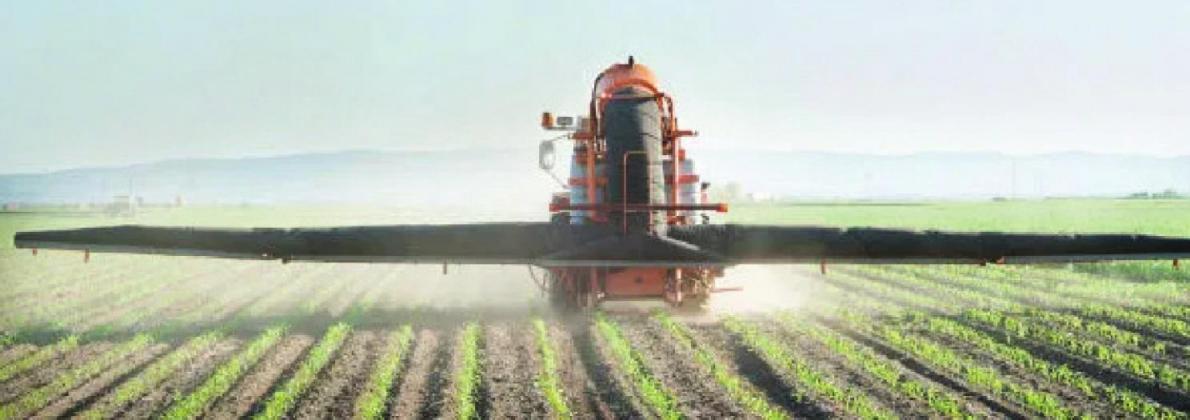Farmers in the United States are likely to plant less corn and use less nitrogen fertilizer on their fields for next year’s growing season due to skyhigh fertilizer prices and short supplies.
According to Green Markets which tracks price trends, a number of factors is leading agricultural fertilizer to reach the highest prices in two decades. All but one of the eight major fertilizers had price increases of 10 percent from September to October.
Over the past year, nitrogen fertilizers are more than double in price what they were a year ago, with anhydrous up 131%, UAN28, 119%, and urea and UAN32 p 110%. Potash is 120% higher, MAP is 83% more expensive and DAP costs 81% more and 10-34-0 is up 46%.
Fertilizer demand is so strong that farmers are lining up for the crop nutrients, even as prices soar, according to Nutrien Ltd., one of the world’s largest producers.
Global natural gas shortages, limited fertilizer stockpiles, and other factors had already driven those prices upward this year when Hurricane Ida made landfall in Louisiana in August. The storm halted fertilizer production in the storm-affected areas and stalled transportation barges on the Mississippi River.
“You’ve got a lot of different factors that are coming to bear at a certain moment in time,” said Sam Funk, a senior economist for Iowa Farm Bureau, adding that some farmers are paying to three times the price for fertilizer they paid a year ago.
So, what will farmers do? Some are waiting to fertilize their fields until the spring, and some are eyeing alternative crops
One alternative is soybeans, which make their own nitrogen through a symbiotic relationship with certain bacteria. Bradyrhizobium japonicum can infect soybean roots, and in exchange for the plants’ sugars, the bacteria fix nitrogen.
Corn and soybean yields benefit when they are planted in alternating years in fields. Back-to-back years of soybean planting reduces yields, primarily because of the increased presence of microscopic roundworms that damage their roots, researchers have found.
“ith fertilizer markets now seeing unprecedented supply shocks and record prices, it means even more food inflation across the world.

